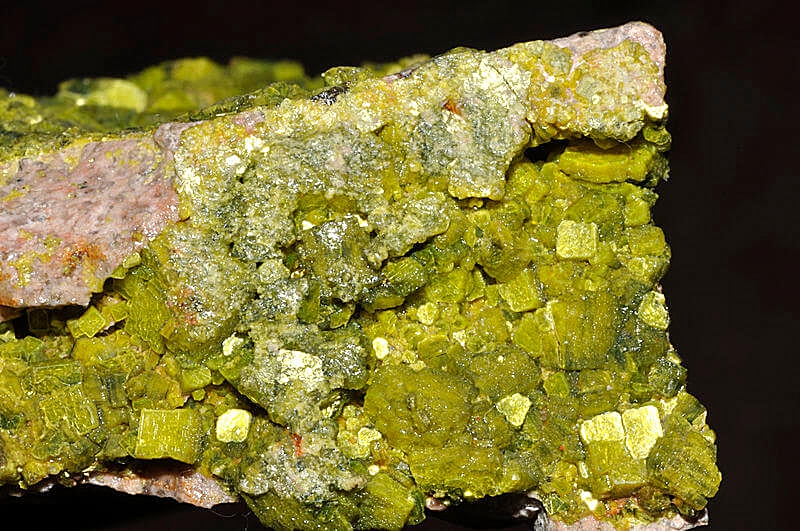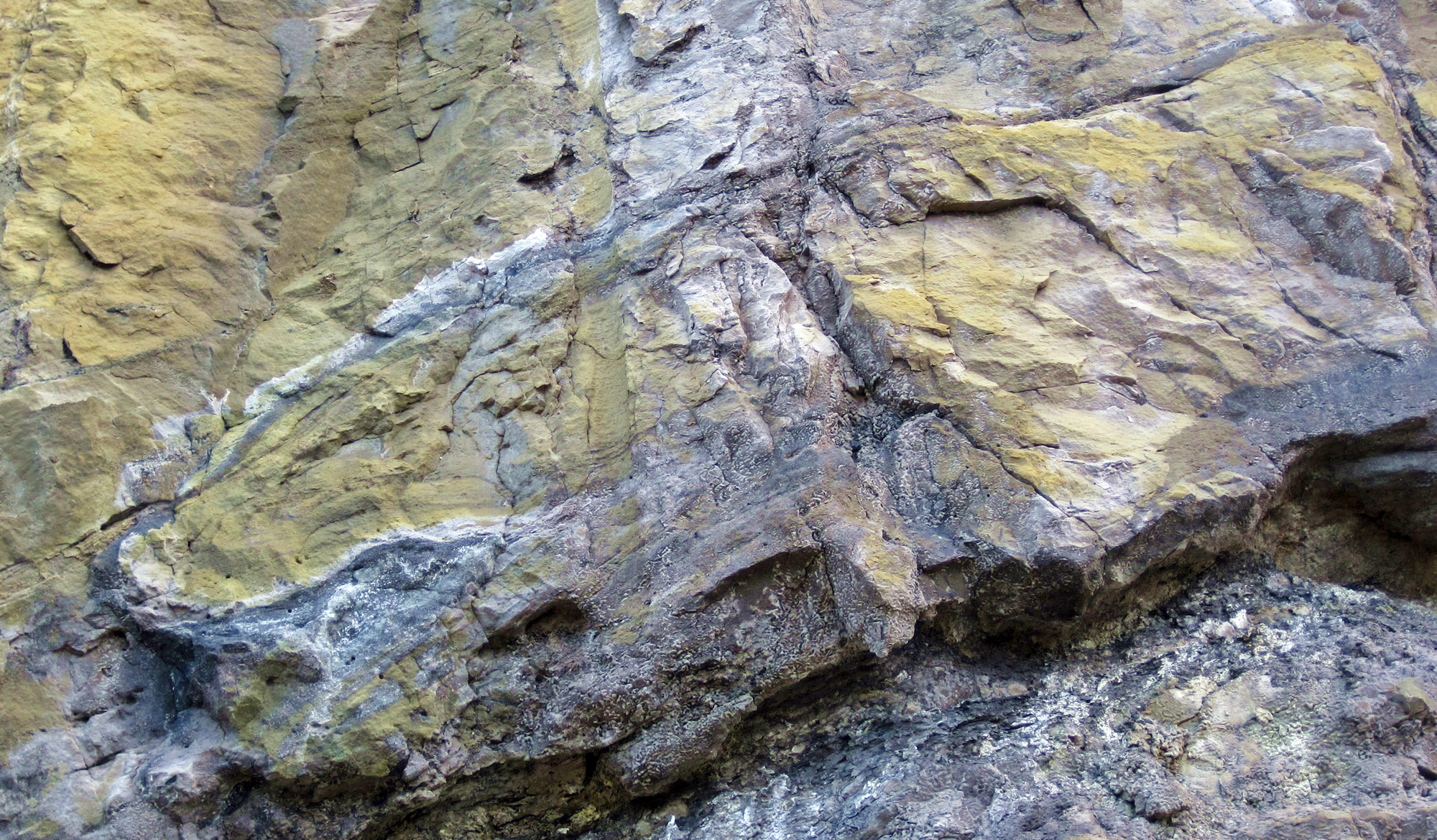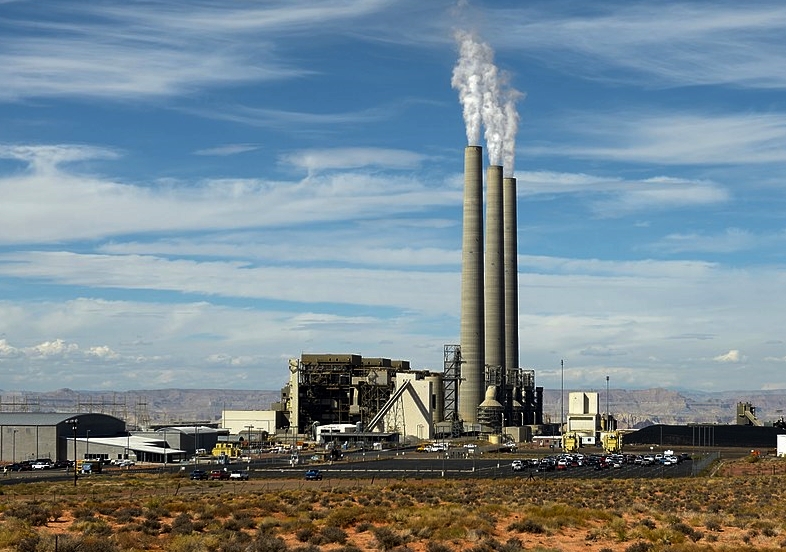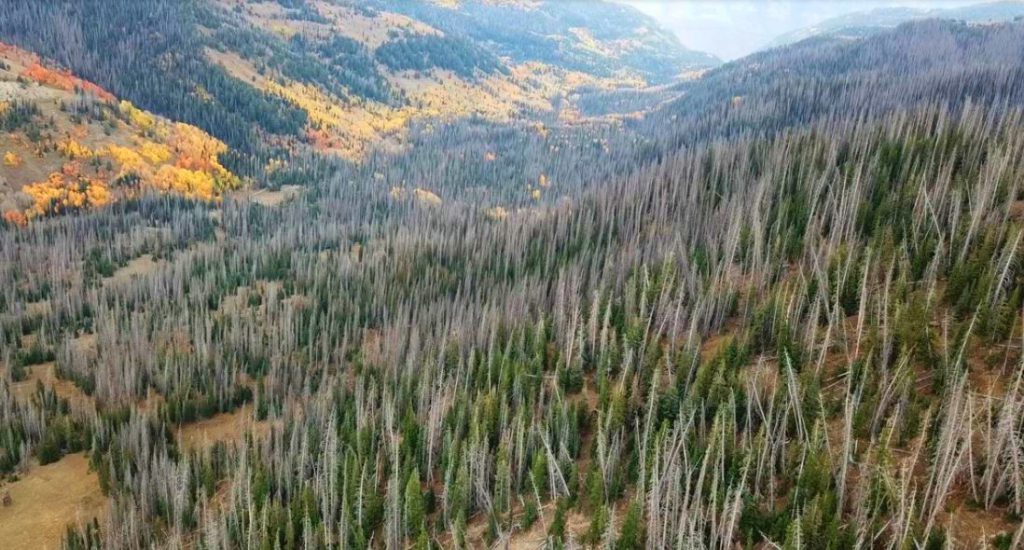San Miguel’s ruling class will prevent hundreds of millions in mining revenues from flowing into the county

“These Mining Regulations threaten the ability of exploration and mining companies and individual prospectors and entrepreneurs to access an area that probably contains tens of millions of pounds of uranium and many millions of pounds of vanadium.”
Letter to San Miguel County Commission
Subject: SAN MIGUEL COUNTY MINING REGULATIONS
San Miguel County Commissioners,
I am writing to express my very sincere opposition to the San Miguel County Mining Regulations. These Mining Regulations threaten the ability of exploration and mining companies and individual prospectors and entrepreneurs to access an area that probably contains tens of millions of pounds of uranium and many millions of pounds of vanadium. The desire to regulate exploration and mining shouldn’t come at the cost of eliminating the great potential for the future exploitation of uranium and vanadium ore deposits, now that these strategic minerals are once again critical for America’s energy independence.
If adopted, the San Miguel County Mining Regulations will destroy any possibility for successful prospecting, exploration, development and mining in the southern end of the Uravan Mineral Belt, which is Colorado’s largest uranium and vanadium producing territory. The name Uravan is a contraction of the two main strategic mineral products that have come from this Mineral Belt, Uranium and Vanadium. Between 1947 and 1979 this area produced more than 76,619,000 pounds of uranium and 413,242,000 pounds of vanadium. This amounted to 11 percent of the United States’ uranium production and more than 80 percent of the total domestic vanadium mined in this time period. The Department of Energy estimated that at least another 95,592,000 pounds of uranium oxide remains in unexploited ore deposits in this vast area. William L. Chenoweth, the AEC’s most prominent uranium geologist, wrote in 1981 that, “The known reserves and the favorable geology for undiscovered potential resources are expected to result in the Uravan area being a source of uranium and vanadium ore for many years to come.”
The most important portion of the southern end of the Uravan Mineral Belt is located in San Miguel County. This particular portion of the Uravan Mineral Belt is part of the Slick Rock Mining District. Up to 1978, this Mining District was the largest producer of both uranium and vanadium in the entire Uravan Mineral Belt. It has long been recognized as a prime location to search for these vital mineral deposits.
This part of the Uravan Mineral Belt was identified by the Atomic Energy Commission (the AEC) in the late 1940s and early 1950s as the best location to secure a domestic source of uranium during the earliest days of the Cold War with the Soviet Union. AEC Geologists and Mining Engineers and Employees of the United States Bureau of Mines oversaw exploration drilling that delineated millions of pounds of uranium in several places that were actively mined during this time period. Several other proven ore deposits were set aside as AEC Uranium Reserves for future production in the event that the United States needed this strategic mineral. The Department of Energy currently controls 25,000 acres of land in this area. Some of these AEC ore reserves are currently leased and a royalty will be paid to the Department of Energy by the Lessee once production commences. This is dependent upon a higher price for uranium and vanadium, but both of these minerals have recently increased in price, and these ore reserves are going to be exploited in the foreseeable future, unless San Miguel County’s Mining Regulations are passed to prevent the mining of these ore bodies.
All of this geological information is readily available in numerous government publications. The US Geological Survey has published hundreds of Research Reports, Bulletins and Professional Papers about the Uravan Mineral Belt. I call your attention to Geological Survey Professional Paper 576-F, “Uranium-Vanadium Deposits of the Slick Rock District, Colorado” by Daniel R. Shawe. This 2011 Professional Paper describes the geology and regional relations of the ore deposits and the history and production of uranium and vanadium from the Slick Rock Mining District. It also describes possible future exploration targets for uranium deposits in this area.
These ore deposits are located in the Triassic Morrison Formation. They tend to be clustered in patches of favorable ground 1,000 feet or more in width and usually are a mile or more in length. There are many millions of tons uranium and vanadium reserves located in unmined ore deposits on either side of the Dolores River in San Miguel County. All of these uranium and vanadium ore deposits were discovered by drilling from the surface. Prospecting for uranium ore bodies requires the foreknowledge that a mineral locator’s mining claims will be accessible by the use of established roads for exploration drilling and mining activities in the event of a mineral discovery.
These known reserves and the undiscovered potential uranium and vanadium worth billions of dollars are what is at stake in this struggle between the citizens of Telluride who want to prohibit uranium mining in San Miguel County and the owners of the mining claims located in the Slick Rock Mining District. If the Mining Regulations are approved by the San Miguel County Commissioners, tens of millions of pounds of uranium and vanadium will never be exploited which is really the unspoken purpose of the proposed regulations.
These Mining Regulations will render many of these ore deposits inaccessible and unworkable. It will completely curtail the exploration and development of these valuable minerals during a time when it is becoming increasingly evident that uranium powered nuclear energy is the only viable alternative to the wind turbines and solar panels that will never replace the coal and gas fueled plants that provide 70 percent of our country’s electricity.
Before the San Miguel County Commissioners proceed any further, the US Geological Survey and the Department of Energy need to be heard from, along with the individuals and mining companies that have hundreds of unpatented mining claims located in this area. Although the names and addresses of all current locators of mining claims in San Miguel County are available at the Bureau of Land Management’s Colorado State Office, none of the owners of the mining claims in this area were notified about these proposed Mining Regulations.
Mining and Reclamation in Colorado is already subject to the Rules and Regulations of the Colorado Mined Land Reclamation Act, and the Division of Reclamation, Mining and Safety has many employees who monitor and enforce these Rules and Regulations. The proposed San Miguel County Mining Regulations are not necessary or even legal, since the State of Colorado has the sole legal authority to regulate and enforce mining operations in San Miguel County. If these Mining Regulations are passed by the San Miguel County Commission, it will result in years of extremely costly litigation and a claim that San Miguel County has rendered the mineral resources of this area uneconomic and confiscated due to the repressive nature of these Mining Regulations.
The citizens of Telluride may find themselves responsible for several billion dollars of damages once this litigation has ended. This will be an extremely high price to pay for pandering to those who simply want to eliminate mining in San Miguel County under the guise of protecting the environment.
The easiest way to prove this assertion is to point out that only the State of Colorado’s Mined Land Reclamation Division can issue Prospecting Permits on both privately owned property and public lands owned by the Federal Government that are administered by the Bureau of Land Management and the U.S. Forest Service. Once a mining claim owner obtains a prospecting permit, all of the contents of that permit are regarded as confidential information. There are no public hearings where the exploration plans and results are made public and open to discussions and debates over the legality or necessity of the mineral exploration on the private and public lands involved in the Prospecting Permit. The County Land Use Departments and the County Commissioners are notified that prospecting and exploration will be conducted, but the operational plans of the Permittee are not disclosed.
What the Sheep Mountain Alliance has been advancing for many years will render all of this carefully considered and regulated prospecting and exploration activity impossible to even consider. Multiple public hearings before the San Miguel Planning Commission and the County Commissioners followed by several years of litigation will render the prospecting and exploration activities impossible to achieve in a reasonable timeframe. This is the stated goals of all of the environmental organizations who are asking the County Commissioners to ignore the State of Colorado’s Mined Land Reclamation Act.
Any individual or company that wants to proceed to attempt to adhere to these proposed Mining Regulations will be better served hiring a brace of lawyers to sue the San Miguel County Commissioners and the Sheep Mountain Alliance for the hundreds of millions of dollars that will be lost to a takings through unlawful regulations than spending hundreds of thousands of dollars on environmental consultants and unnecessary studies of nonexistent and non threatened flora and fauna in a county that has been one of Colorado’s greatest mining areas since it was first established. This is the advice I am giving to the many mining claim owners I have been in contact with regarding these regulations.
Please carefully consider all of the objections to these Mining Regulations before making your decision to proceed with these regulations.
Mark A. Steen
Uranium Prospector



